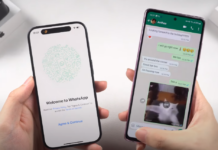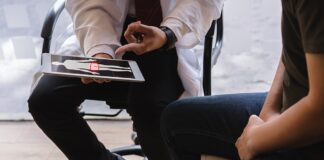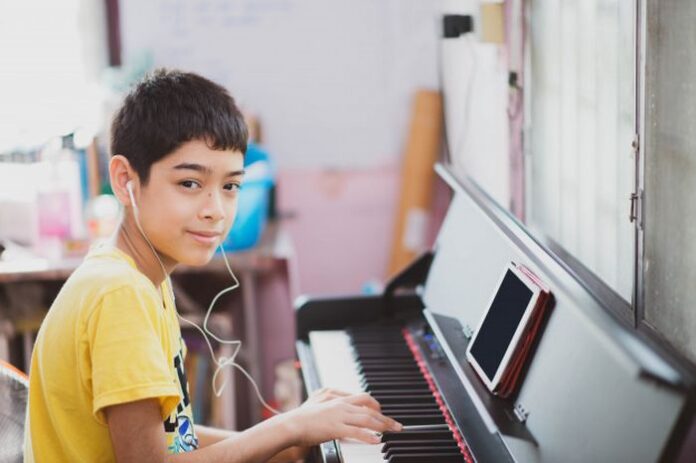
In today’s world, the motto is that all things that can be digitized will be digitized. It is hard to imagine any area of everyday life without digitization.
This also applies to music schools. The digital world has also already found its way into the institutes. The expectations of families, learners, and users of music schools, in particular, mean that they cannot close their minds to digitization. Mobile payment methods, digital invoices, and online registration can now be used. But how digital is the teaching itself?
Music educators are happy to hand over responsibility for digitization to the administration. Accepted digital areas are limited in many places to the presence in social networks, websites, and learning theory. In practical lessons, however, digitization is often still in its infancy. The latter can benefit greatly from the opportunities offered by digitization.
Important complement through digitization
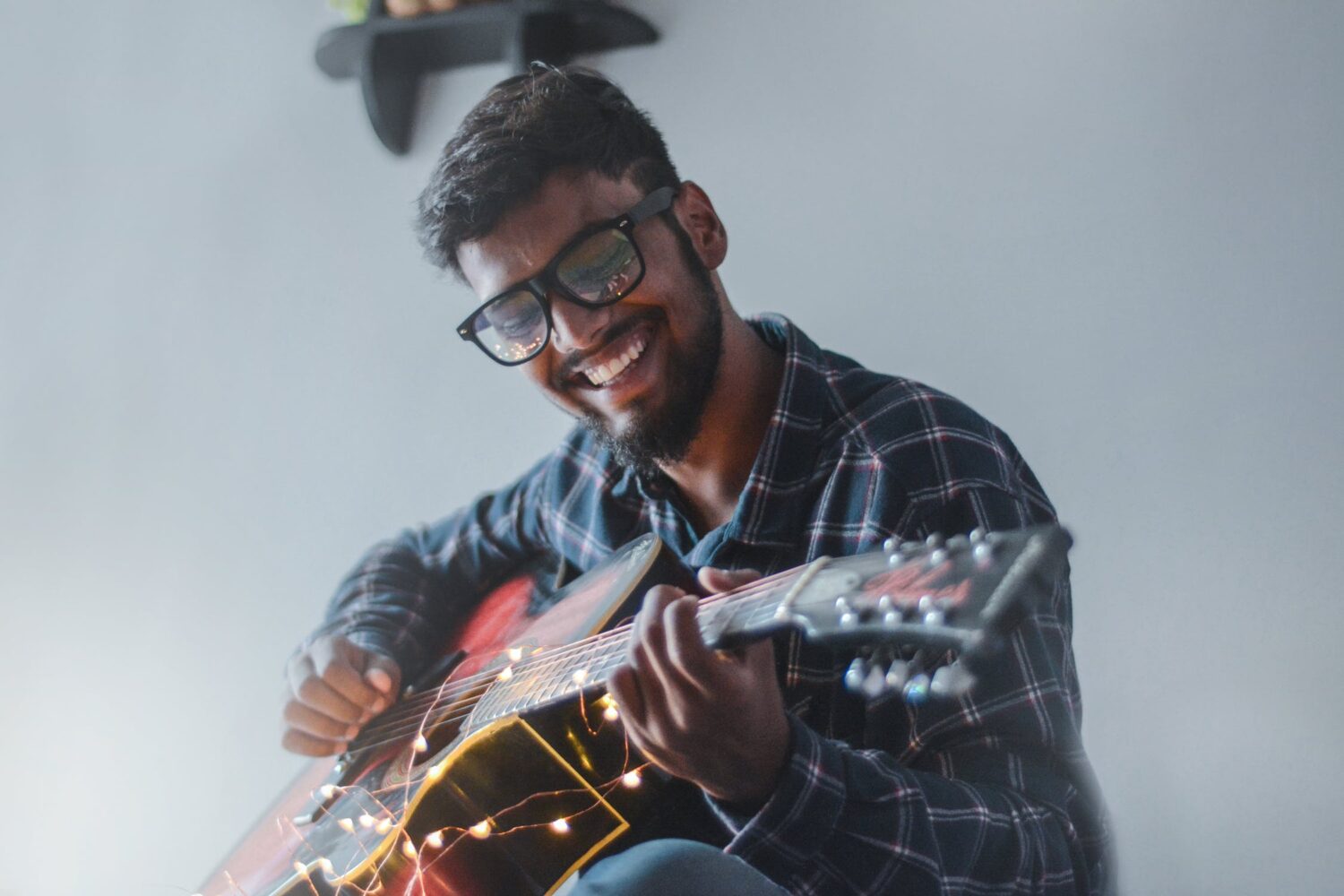
Nowadays, when the first experiences with a certain instrument are to be made, music lovers go to the Internet instead of to music schools. There you will find a variety of tutorials and explanatory videos for almost every conceivable instrument. Chordify is an online tool that can output the chord progression of any piece of music and thus also helps to practice on an instrument at home, independent of a teacher in the music school.
The advantage of these digital possibilities, especially for beginners, is that learning is extremely flexible – they can be accessed anytime, anywhere. The learning speed can also be individually determined. Physical music schools often have a bad hand against these advantages.
Music schools must therefore take precautions to be able to survive in the world of digitalization in the future. For example, they can include their own tutorials and make online coaching services possible. Compared to tutorials, they have the advantage of being able to offer competent support for further questions. The conventional forms of the offers are thus optimally supplemented by the new digital possibilities.
Streaming and Play-Alongs

One way in which music schools could use digitization to their advantage is to produce suitable playbacks that can be used by learners both in the classroom at the music school and during exercises at home by streaming them into their own homes via the music school server.
Encouraging music-making
Especially adults who still want to learn an instrument often ask themselves the question of whether they are in the right place in a music school. In order to reach this target group, who simply want to integrate a little music into their everyday life, possibilities can be created through digitalization. Often the adults do not want to learn a special instrument but would like to gain musical experience without extensive and lengthy exercises. Until today, this has been possible, for example, through singing, Orff instruments, or body percussion.
But apps also offer a great opportunity to get closer to making music, simply and easily on the smartphone. This creates musical experiences that benefit from an extremely steep learning curve. At a certain point, however, the sonic enthusiasm is exhausted, so the desire to learn to play a particular instrument in a classical way grows. Then again, the music school is exactly the right contact – a true win-win situation.
Help with homework
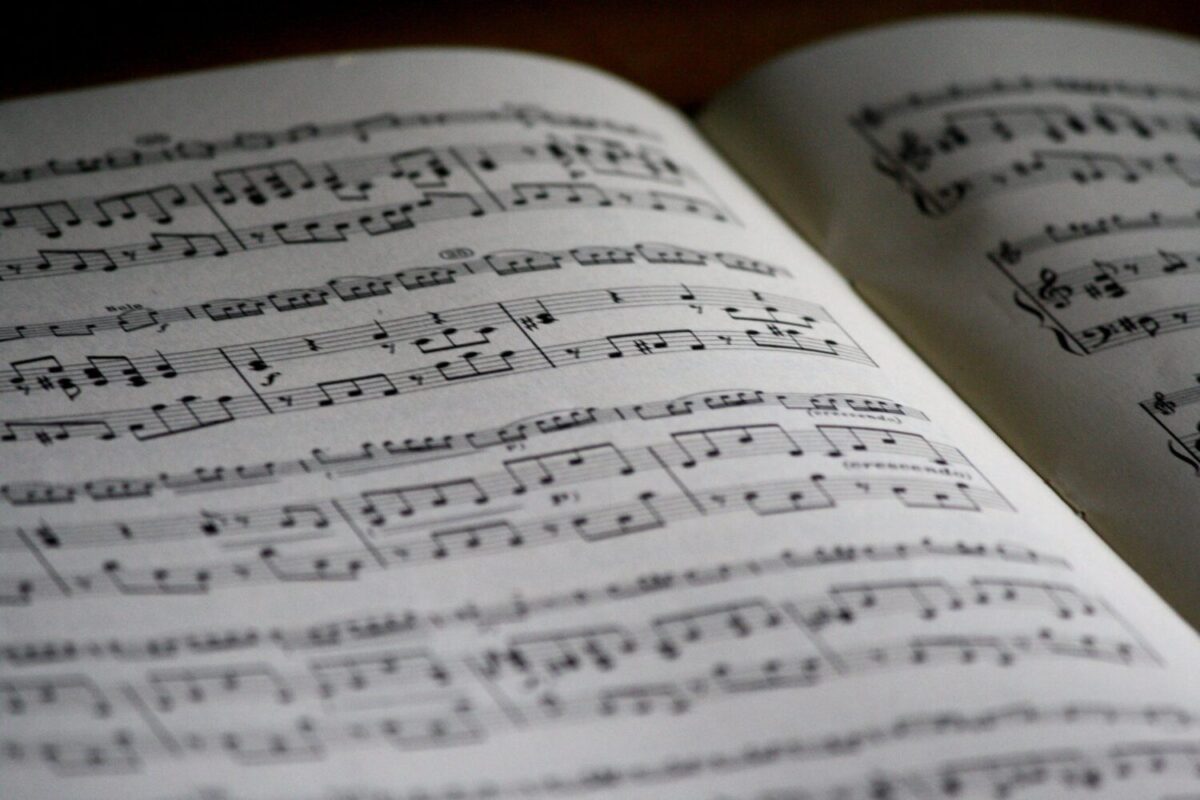
Many music schools complain that they do not see their students more than once a week. The ideal would be to teach at least twice a week and even better would be daily lessons. The idea behind this is to give the students help at any time and to monitor their progress. However, promising digital possibilities are also available in this area.
For example, the teacher can record the relevant parts of the homework with his or her cell phone and make these recordings available to the students via streaming or smartphone during the week. Students can also record their hand posture, interpretation and melody with their cell phones and send them to the teacher so that he or she can check whether the exercises are being performed correctly.
It is also possible to create short video clips, which teachers record with their own cell phones, showing the postures and processes in moving images, in order to make them available to the students in a small library. In this way, they can access them at any time and from any place and thus improve their exercises. The collegial collaboration at the music school also benefits from such a clip library.
Promoting integration through digitization
Apps enable people with disabilities to integrate themselves into impressive musical processes and create complex melodies and sounds that they could not produce with analog musical instruments due to their limitations. In many cases, the musical talent is fully developed despite multiple disabilities.
Teachers in the field of integration also agree that the digital end devices offer a useful aid.
Future prospects
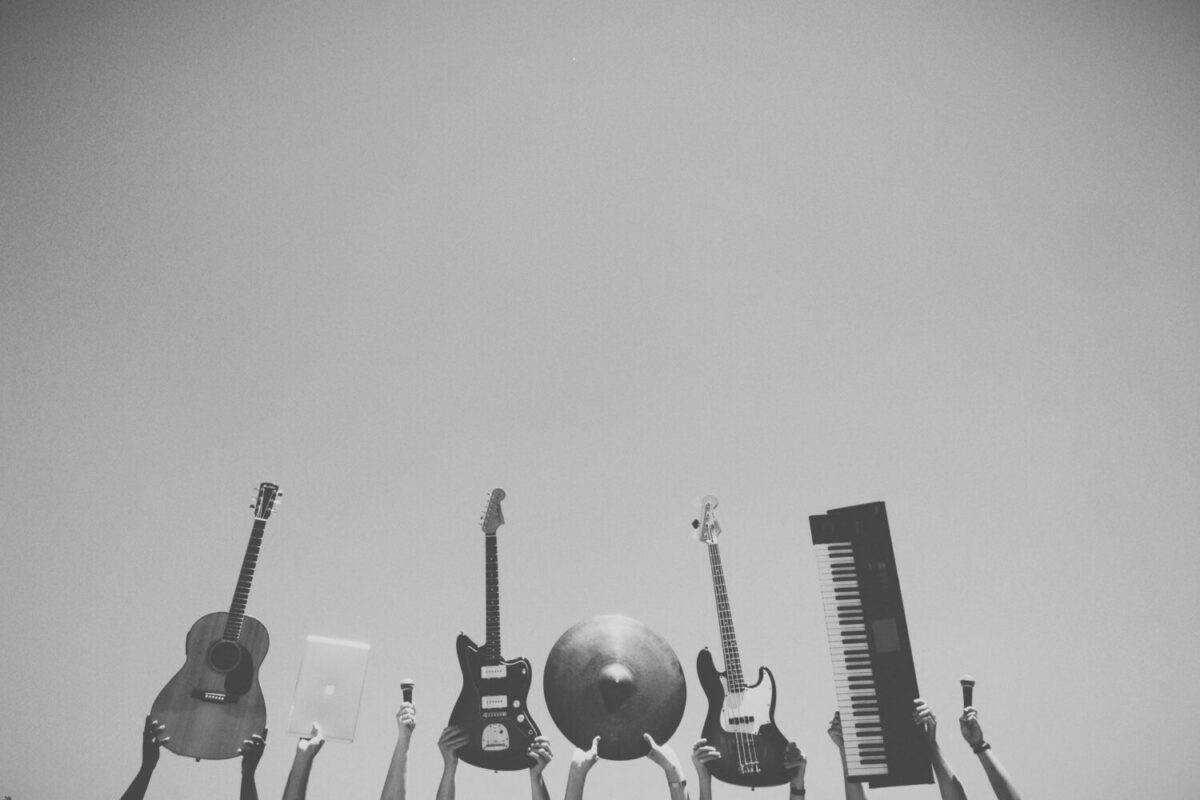
These remarks have shown that there are many areas of music education and music teaching where digitalization creates great innovative opportunities. Two other developments that are not yet being applied in practice are artificial intelligence and 5G.
The transmission of data will be much faster with the future mobile phone standard G5. As a result, latency, i.e. the time delay between the press of a key and the sound produced by the loudspeaker in this way, will disappear – regardless of how far away the respective music-making partner is. Today, this latency still prevents the possibility of making music together, for example via W-Lan. However, this will change due to the new speed of data transmission. It will be possible to make music together, even over the distance of different continents.
Another important topic is artificial intelligence, or AI for short. With the help of this, music for film productions, department stores or elevators can already be produced independently today. The results are not yet satisfactory for more complex music, but continuous improvements can be observed. AI-controlled apps deliver short practice pieces at the push of a button, both as a sheet of music and as a sound file. All that is needed is the desired style and the current learning level of the student. In the future, the software performance will be raised to a new level by the continuously optimized AI, which will provide great support when used sensibly.
Nevertheless, no one needs to worry about replacing analog instruments with digital procedures. They will always be unrivaled and indispensable, even if they are effectively supplemented and supported by digital processes. For humans, tactile and haptic perception and the immediate sound generation will always be of unique importance.




